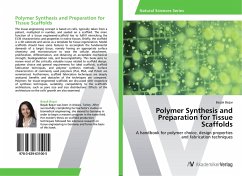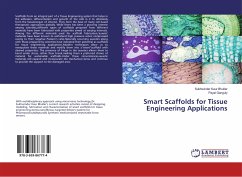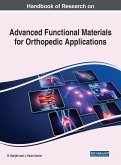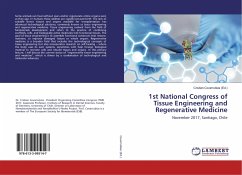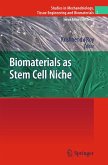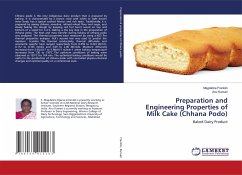The tissue engineering concept is based on cells, typically taken from a patient, multiplied in number, and seeded on a scaffold. The main function of a tissue engineered-scaffold has to fulfill mimicking the ECM characteristics and properties in native tissues. Briefly, the scaffold is a 3D substrate and serves as a template for tissue regeneration. Model scaffolds should have some features to accomplish the fundamental demands of a target tissue, namely having an appropriate surface chemistry and microstructure to ease the cellular attachment, proliferation, differentiation, and obtaining an acceptable mechanical strength, biodegradation rate, and biocompatibility. This book aims to review most of the critically valuable issues related to scaffold design, polymer choice and general requirements for ideal scaffolds, scaffold fabrication techniques, and polymer synthesis methods. Surface characteristics of commonly used polymers (PLA, PGA, and PLGA) are summarized. Furthermore, scaffold fabrication techniques are deeply analyzed; benefits and obstacles of the techniques are compared. Polymers for tissue-engineered scaffolds are discussed with respective of synthesis techniques, suitability, compatibility to the scaffold's architecture, such as pore size and size distributions. Effects of the architecture on the cells' growth are also examined.
Bitte wählen Sie Ihr Anliegen aus.
Rechnungen
Retourenschein anfordern
Bestellstatus
Storno

